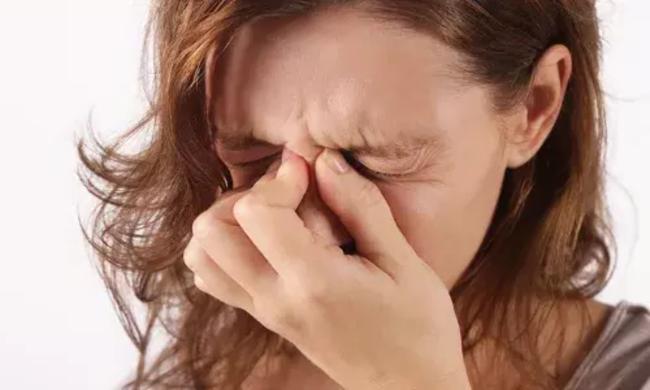Summary
USA: In a recent exposure-matched study, researchers found that long-term exposure to fine particulate matter (PM2.5) may significantly increase the risk of developing chronic rhinosinusitis with nasal polyposis (CRSwNP),
Source: Medical Dialogues

AI News Q&A (Free Content)
Q1: How does long-term exposure to PM2.5 impact the risk of developing chronic rhinosinusitis with nasal polyps?
A1: Long-term exposure to fine particulate matter (PM2.5) has been linked to a significant increase in the risk of developing chronic rhinosinusitis with nasal polyposis (CRSwNP). This type of air pollution is believed to play a critical role in upper airway inflammatory diseases by exacerbating inflammation, which can lead to the formation of nasal polyps.
Q2: What are the main sources and health impacts of PM2.5 particles?
A2: PM2.5 particles are primarily generated from industrial processes, vehicle emissions, and the burning of fossil fuels. These fine particles can penetrate deep into the lungs and enter the bloodstream, causing a range of health problems including heart disease, stroke, lung cancer, and respiratory infections. There is no safe level of PM2.5 exposure, and it is considered a leading risk factor for premature death globally.
Q3: What recent advancements have been made in AI for diagnosing conditions like chronic rhinosinusitis?
A3: Recent studies have explored the use of AI-driven methods for diagnosing eosinophilic chronic rhinosinusitis (CRS). For instance, AI models initially trained on gastrointestinal data have been adapted for nasal tissue analysis, demonstrating promising accuracy in segmenting eosinophil cells in nasal polyps. These advancements could lead to more efficient and accurate diagnostics in CRS without the need for extensive retraining of AI models.
Q4: What role do eosinophils play in chronic rhinosinusitis, and how is this related to PM2.5 exposure?
A4: Eosinophils are a type of white blood cell involved in the immune response and are often found in higher numbers in patients with chronic rhinosinusitis (CRS). Their presence is linked to disease severity, and long-term exposure to PM2.5 may exacerbate the inflammatory response, leading to an increase in eosinophils and consequently a higher risk of nasal polyps.
Q5: How does air pollution legislation help mitigate the health impacts of PM2.5?
A5: Legislation such as the Clean Air Act in the United States has been instrumental in reducing air pollution levels, including PM2.5. By setting limits on emissions from industrial sources and vehicles, such laws aim to decrease the prevalence of PM2.5 in the atmosphere, thereby reducing related health risks. These regulations have proven successful in improving air quality and minimizing health impacts.
Q6: What are the potential implications of the recent study linking PM2.5 to nasal polyps for public health policies?
A6: The study's findings underscore the need for stricter air quality standards and better monitoring of PM2.5 levels to prevent chronic rhinosinusitis with nasal polyps. Public health policies may need to focus on reducing emissions from key sources and increasing public awareness about the health risks associated with PM2.5 exposure to mitigate its impact on respiratory health.
Q7: How does chronic rhinosinusitis with nasal polyps affect patients' quality of life?
A7: Chronic rhinosinusitis with nasal polyps can significantly impair patients' quality of life due to persistent symptoms such as nasal congestion, facial pain, reduced sense of smell, and nasal discharge. These symptoms can lead to sleep disturbances, fatigue, and decreased productivity, highlighting the importance of effective management and prevention strategies for those affected.





